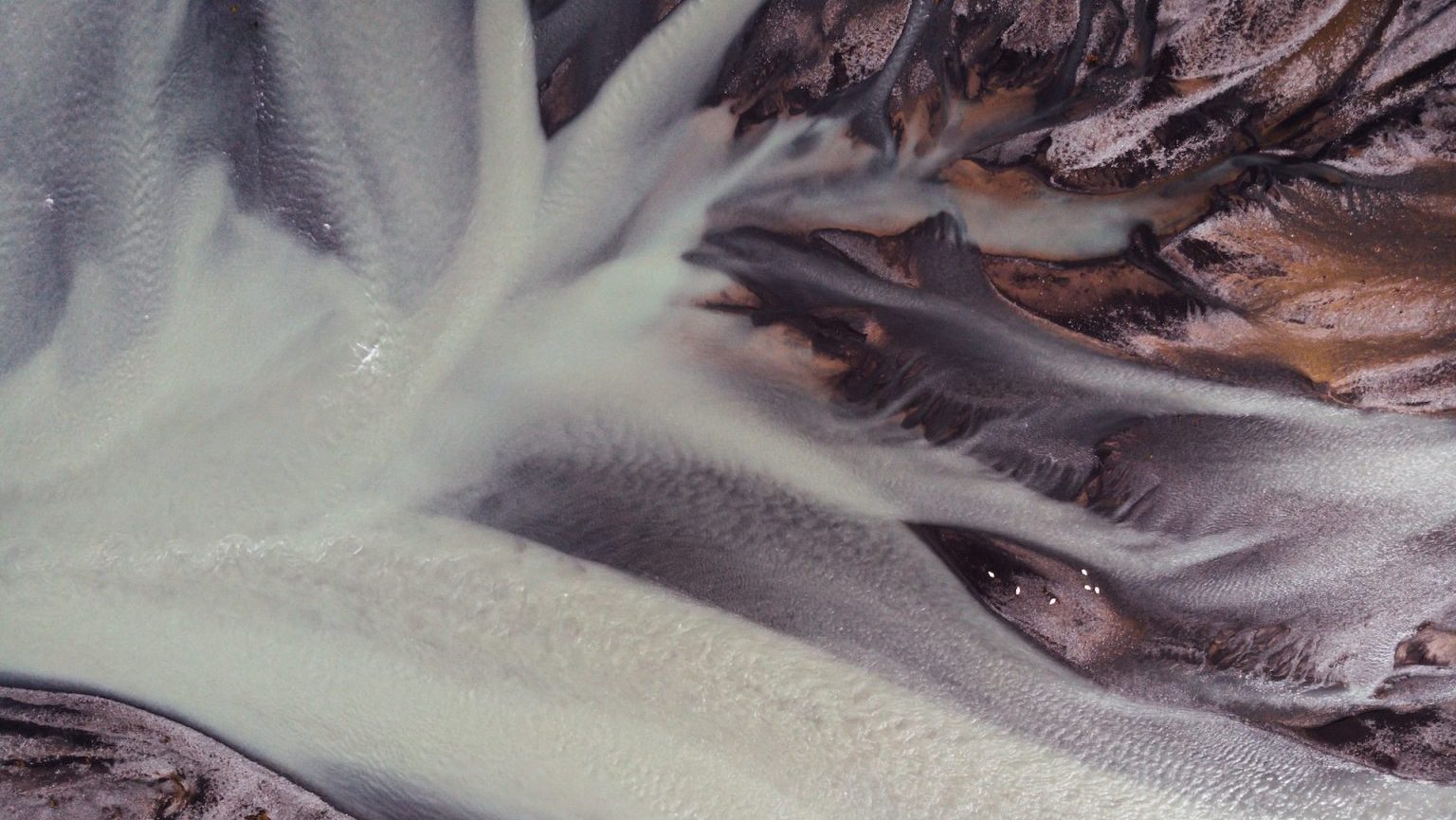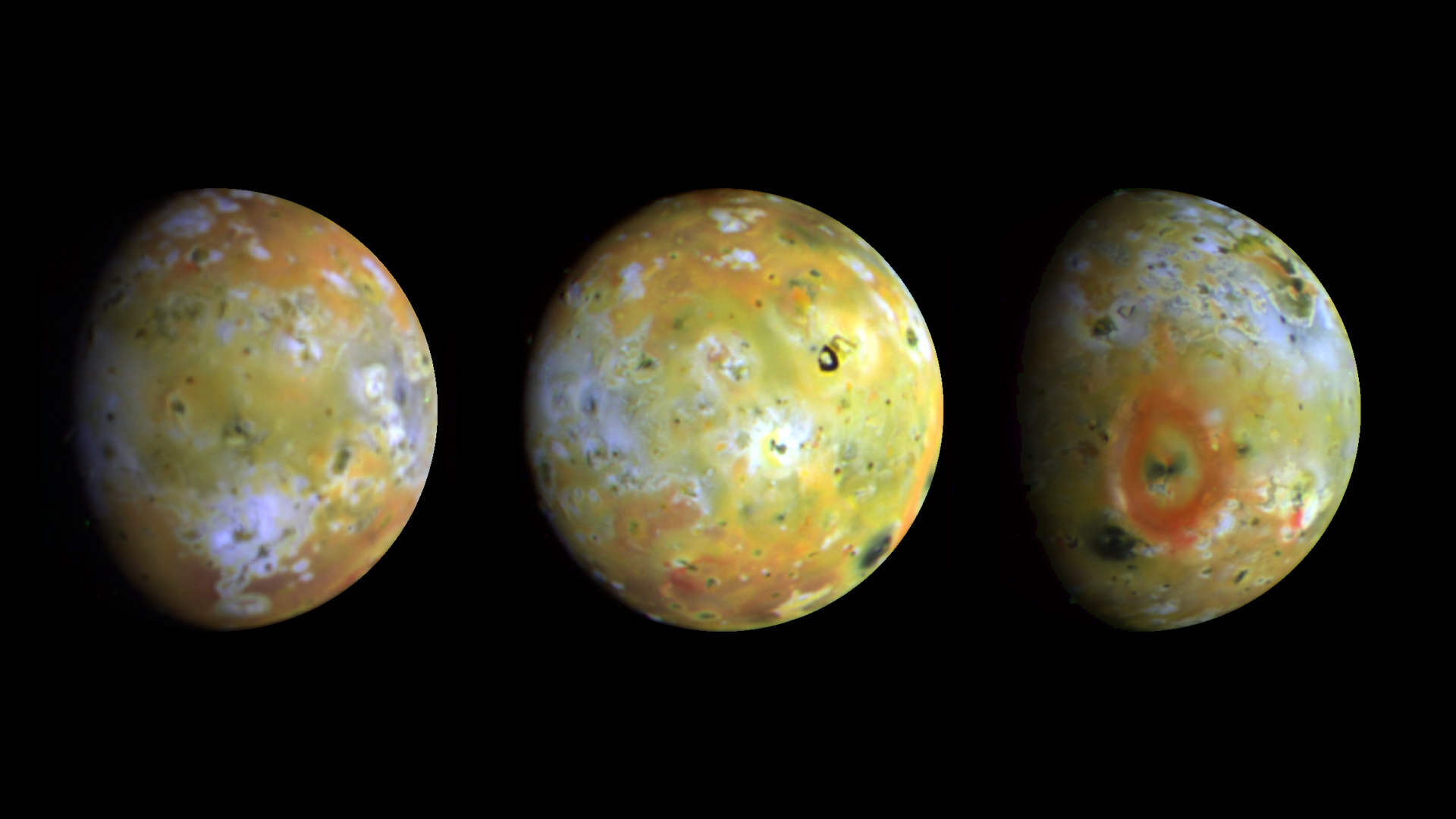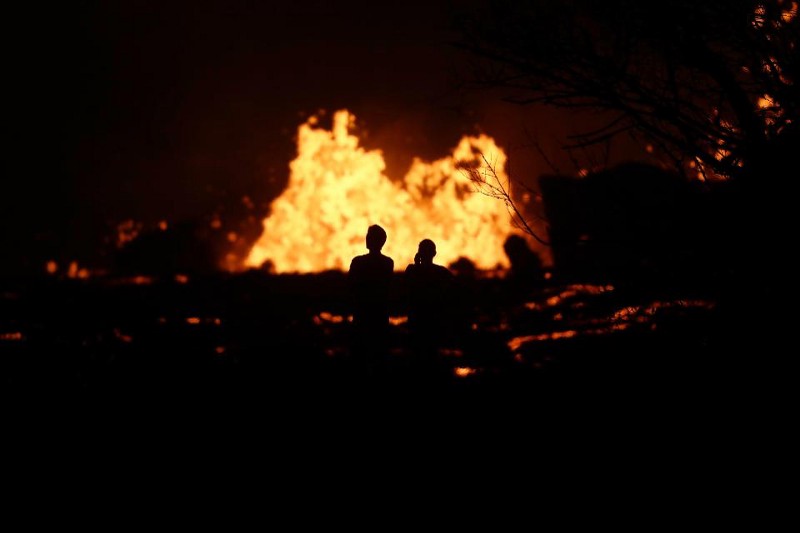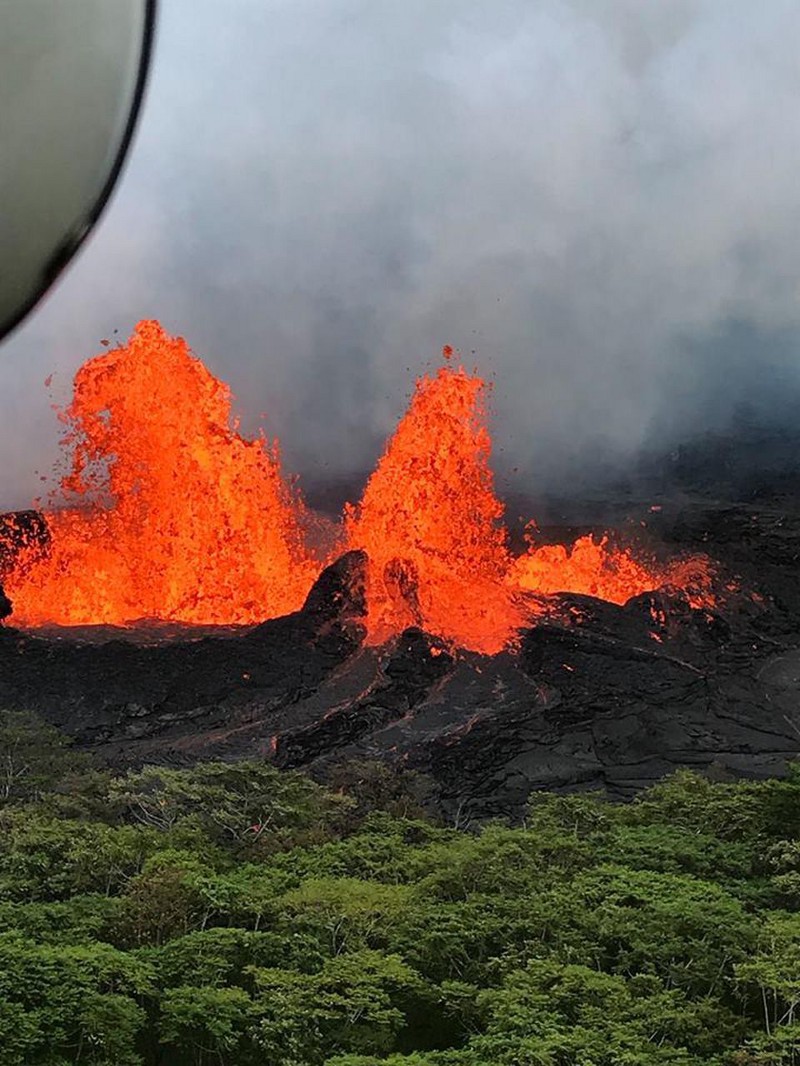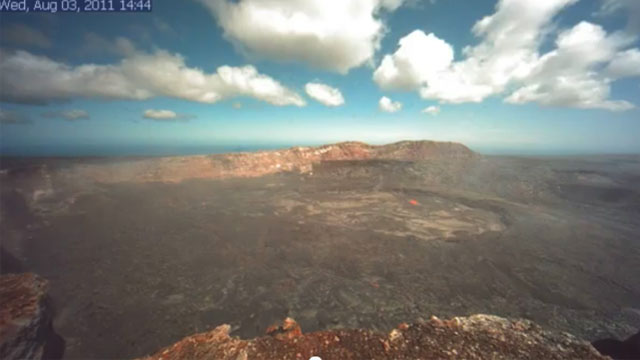Hawai`i in Iceland: The style of the Eyjafjallajökull-Fimmvörduháls eruption
The eruption at Eyjafjallajökull-Fimmvörduháls continues on – the explosive spatter and bomb eruptions at the new central vent (on the second fissure) were impressive all night, making the hikers/cars/aircraft look like mites in comparison. This eruption has, so far, followed the pattern of Hawaiian-style volcanism quite well, so I thought it could be a good time to talk about what exactly Hawaiian-style volcanism is. There is a sequence of events that leads up to and follows the start of an Hawaiian-style eruption – although this sequence can stop at any point along the way – but it is the archetypal style of eruption for situations when a basaltic dike reaches the surface and erupts.
nn

nThe “curtain of fire” that kicked off the eruption at Eyjafjallajökull-Fimmvörduháls on March 21, 2010.
nnHawaiian-style volcanism happens in 5 steps:n
- n
- Inflation/Tumescence – This is where magma rises to a shallow level underneath the rift or summit where the eruption will occur. We see this in the inflation of the land surface – which could start months or years (?) before an eruption, but the most prominent inflation is in the hours/days before an eruption.
- Dense Fumes – There was no one close enough to sample gases for the E-F eruption, but most eruptions at Hawai`i have a period of intense degassing as the magma sits just underneath the surface. Carbon dioxide, water vapor, sulfur dioxide and hydrogen sulfide are the most common gases being released. This stage could last days to weeks before an eruption.
- Fragmental (tephra) eruptions – This is your “curtain of fire”. The magma begins to erupt in fountains of basaltic lava that is charged to erupt explosively by the amount of gases dissolved in the magma. We saw this early on at Eyjafjallajökull with the impressive linear “curtain of fire” (see above) that marked the beginning of the eruption. This stage produces “spatter ramparts” of agglutinated (stuck together) ejected basalt lava and lots of ribbon and twisted bombs, along with achneliths (“spray rocks”).
- Central vent – This stage sees the fissure vent coalescing into a single spatter or scoria cone, like we have seen with both the first and second fissure in Iceland (see below). This central vent will produce occasional fire fountaining, but definitely abundant scoria, bombs, Pele’s hair/tears, reticulite and other products of explosive basaltic volcanism.
- Lava flows/lakes – The last stage for Hawaiian-style eruptions is lava flows and lakes. You can get some flows during the previous two stages, but this is now when lava flows are the dominant form of eruption. This means flows on the surface or lava tube networks transporting lava away from the vent area, slowly building a shield cone. This can also be in the form of both/either pahoehoe or a`a lavas and could last months to decades after the start of the eruption.
n
n
n
n
nn
nWebcam capture of the central vent phase of the Eyjafjallajökull-Fimmvörduháls eruption. Image from the evening of April 7, 2010.
nn
As you can see, we’re been treated to quite the textbook case for many of these stages of Hawaiian-style volcanism during the Eyjafjallajökull-Fimmvörduháls eruption. Most of what I have seen and read about this event suggest this is about as straight-forward of an eruption as you could have expected (so far) – and the abundant webcams, photos and description of the eruption have allowed us to get about as good a view on this Icelandic eruption as we have ever had. The question is now: how long will this eruption last? My guess (and I emphasize “guess”) is we could be seeing eruptions at the Eyjafjallajökull-Fimmvörduháls area in the months-to-years scale as that seems to fit the pattern for many of these Hawaiian-style rifts that form in Iceland. All you webcam watchers may need to quit your day jobs if you keep on watching this eruption all night!

